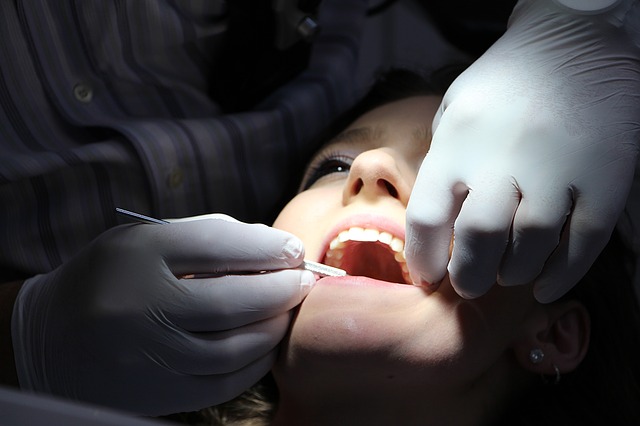There are many fascinating things about your body, especially when it comes to your teeth. From how toothbrushes are made to what teeth are made of, the history of dental care and dentistry may shock you.
We’ve looked all over the web for the most fascinating and interesting facts about dentistry and here’s what we came up with:
- Baby teeth start to form when the baby is still in the womb, but don’t begin to erupt until a child is between 6-12 months old.
- Teeth are the only part of the human body that can’t repair itself. They are coated in enamel, which is not a living tissue.
- Tooth enamel is the hardest part of the entire body; even harder than bone.
- The average person spends 38 days brushing their teeth during their lifetime.
- One third of your teeth are underneath your gums.
- Modern toothpaste has only been available for around the past hundred years. Before what we call toothpaste was invented, humans used all kind of mixtures such as crushed oyster shells, ground chalk, charcoal, pulverised brick, lemon juice and salt.
- No two people have the same set of teeth; they are as unique as your fingerprint.
- Some babies are born with teeth. About 1 in every 2000 babies are born with ‘natal’ teeth. Natal teeth usually erupt on the bottom gums and tend to have weak roots; they are often removed to prevent problems with breastfeeding.
- Priceline sells 4100 tubes of toothpaste each and every single day. That’s 125,000 tubes per month, and 1,500,000 per year. Wowzers!
- If you’re one of the many naughty people who forget to floss daily, 35 per cent of your tooth surface is going uncleaned.
- Want to avoid airborne particles from a flushed toilet landing on your toothbrush? Keep it at least 1.8m away from the loo and you (and your mouth!) will remain safe.
- Back in the middle ages, Germans believed the only way to treat a toothache was to kiss a donkey.
- When it comes to toothbrush hues, most people would prefer to use a blue one over a red one.
- The first nylon bristle toothbrush, made with nylon yarn, went on sale on February 24, 1938.
- More than half of us would share our toothbrush with somebody: 24% with our partner, 18% with our child, 7% with a friend and 6% with a celebrity!
- Jack Hokanson invented the environmentally-friendly toothbrush. The Hoke2 brush featured a non-disposable handle with a replaceable bristle head.
- Back in 2003, the toothbrush was selected as the number-one invention most Americans could not live without.
- William Addis is believed to have produced the first mass-produced toothbrush in 1770 while serving a jail sentence for causing a riot. In prison, he decided that the teeth-cleaning methods of the time (rubbing a rag covered in soot and salt over teeth) needed improvement. He drilled small holes into an animal bone left over from a meal. Then he got some bristles from his guards, which he tied in tufts and passed through the holes in the bone, finally sealing them with glue. After his release, he started manufacturing toothbrushes and became very rich.
- The first electric toothbrush, the Broxodent, was invented in Switzerland in 1954.
- Pig bristle was used in the past for cheaper toothbrushes, and badger hair for the more expensive ones.
- Toothbrushes have bristles grouped in clumps of around 40 tufts, which are folded over a metal staple, forced onto pre-cored holes in the head and fused together.
- The world’s most expensive toothbrush costs US$4,000. It’s made of titanium – and it isn’t even electric.
- Your toothbrush could save your life. Brushing your teeth can reduce your chances of contracting periodontal disease (as it reduces the bacterial build up in your mouth). Periodontal disease can increase the risk of developing cardiovascular disease, arthritis, even pneumonia.
- The electric toothbrush was first sold in the United States in 1960.
- Brushing your teeth three times a day for two minutes each time can burn more than 3,500 calories a year. So, you could lose a kilo per year just by brushing your teeth!
- The average toothbrush contains around 2,500 bristles.
- Americans spend over US$850 million a year on toothbrushes.
- Although putting a cap on your toothbrush sounds like a good idea, it actually traps moisture that can cause bacteria growth.

